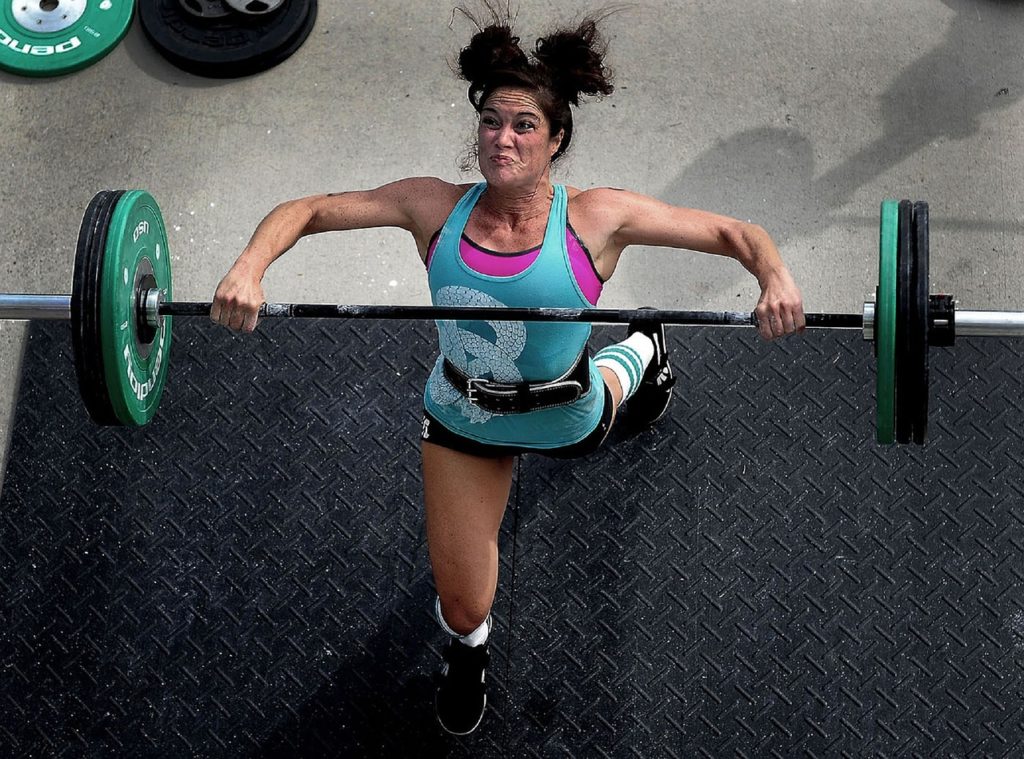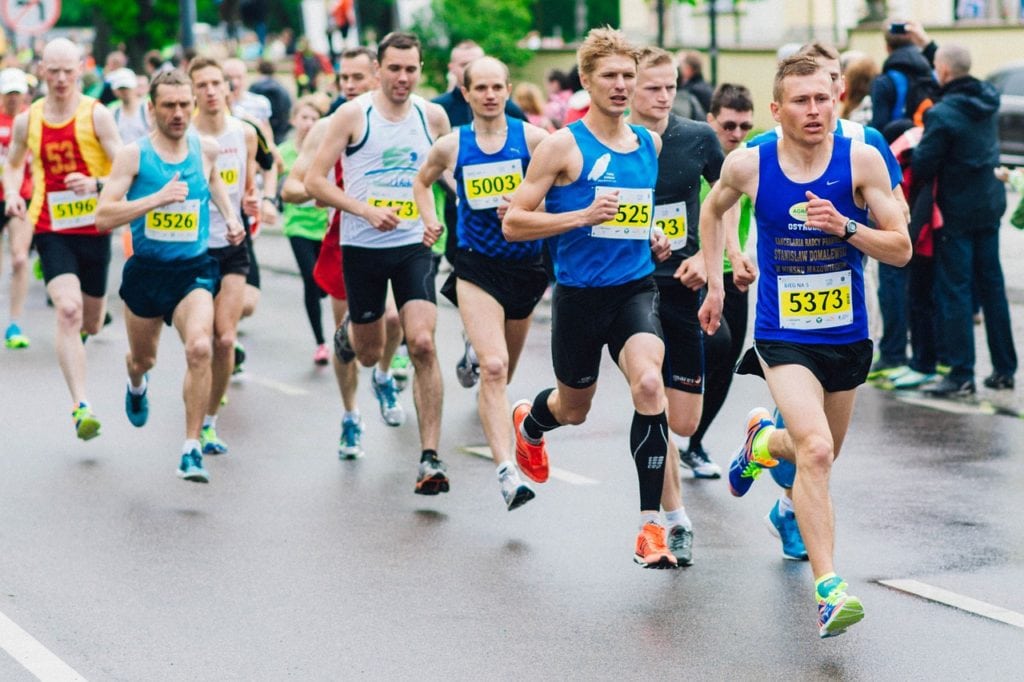While resting, starting a movement, starting an intense effort or exercising, the body needs to produce energy. We call this process metabolism, in which the body uses ATP- Adesonine Tri-Phosphate, the energy molecule, to make muscle contractions and other body functions. The energy production though is not the same single pathway that happens all the time. It is several pathways the body uses based on the type of activity or energy level he needs. Understanding these energy systems can highly contribute to the way we are exercising and can optimize the training for our specific goals.


There are three pathways in which the cells and body produce energy: ATP/CP Pathway, Glycolytic Pathway, and Oxidative pathway. Without diving in too much to the chemistry here is shortly the description of each pathway:
This is the most immediate energy pathway. In this anaerobic pathway, the body re-synthesizes ATP from splitting Creatine Phosphate, a high energy phosphate molecule the body stores inside the cells. ATP/CP energy pathway is utilized in the first seconds of the physical activity. For the start of an intense physical movement in max power, this is the only available energy source.
Examples for exercises that utilize the ATP/CP energy pathway can be weight lifting and shot put.
Also an anaerobic energy pathway. The glycolytic pathway is engaged once the body has depleted the available ATP/CP stores. It is a metabolic process in which the body brakes down glucose or glycogen to produce energy. The glycolytic pathway produces lactic acid. Then, Lactic acid is utilized back to available energy. Accumulation of Lactic acid is a limitation to keep the movement at the same level. Depends on the individual’s fitness level, this pathway can last for around 80 seconds.
Examples for exercises that utilize the Glycolytic Pathway can be 400 meters run or 100 meters swimming

The Oxidative pathway is an aerobic process in which it uses oxygen to produce ATP. Our cells produce more ATP through the Oxigen pathway compared to the anaerobic pathways. The problem is, it takes much longer to produce the energy that path. It means we can’t keep high-intensity activity for long using the oxidative pathway. A simple example is that we can’t run 5k’s at the speed we run 200meters. For the oxidative pathway, the body can utilize carbohydrates, fatty acids or proteins to produce energy. The more fit you are, when you are active, the more energy will come from a fat source.
Examples of exercises that utilize the oxidative pathway can be 10k running or long-distance cycling.

If you train regularly and want to improve the efficiency of your exercises or set a goal to improve your running or other fitness topics, knowing this can be very valuable.
It means you should tune your exercising and the way you perform each exercise based on the specific target you have.
Let’s say you decide to train for a marathon. The main focus should be improving the aerobic capacity by enhancing your oxidative pathway. You should focus on training on endurance for long-time physical activity. As eventually most of the energy in this pathway will come from fat, the body should adapt to better utilize fat. We should train for this adaptation. The body transports fatty acids and carnitine to the Mitochondria. The carnitine is a certain amino acid the cells need for the process. The mitochondria organ is the energy processor inside cells that produce ATP. Oxygen should be available enough to complete the metabolism process. And, we should train for this to happen.
It means that even intense exercises that are short, or not long enough, will not bring the body to adapt enough to the long runs and the type of effort marathon running requires.
The same goes for the other way. training long runs, in most cases of the pace of running, will not bring the required improvement for performing faster 400 runs, as those runs are using different types of energy pathways and body adaptation.
It is true of course that our training should be more versatile and include different types of exercises. Also when training for a marathon. It is beneficial to improve VO2max in the anaerobic way, strength training will improve core strength and legs strength and can lower the risk of injury.
In a high level of description, muscles are built from two types of fibers: slow-twitch fibers and high-twitch fibers.
Slow-twitch muscle fibers are those we are going to develop for improving aerobic endurance, improving storage and transport of oxygen in the muscles. Fast-twitch muscle fibers are those who are more relevant for anaerobic and strength performance.
The next time you are going to exercise, think of your goals, what would you like to achieve, and tune your exercises accordingly.
Leave a comment